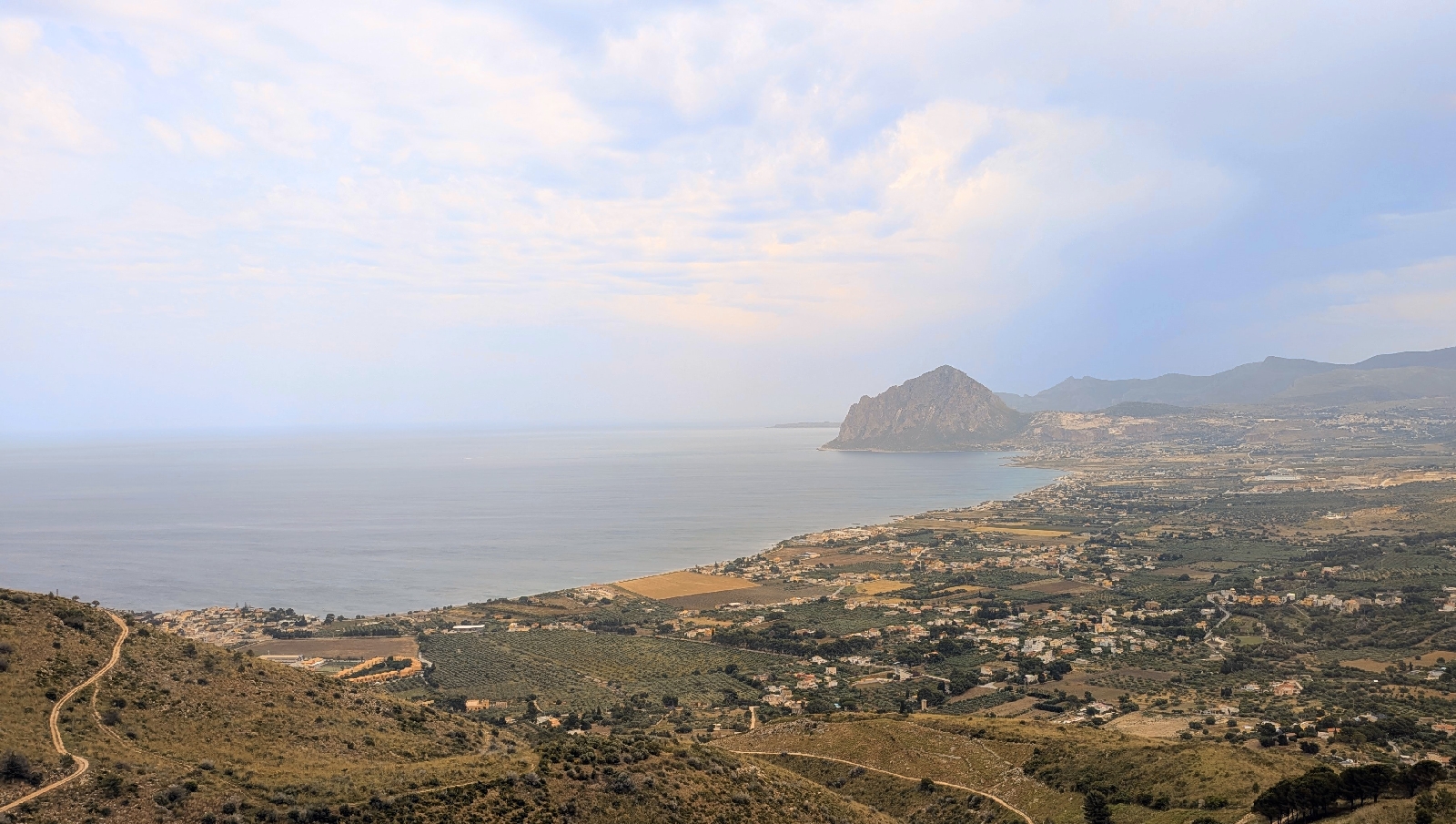Saturday Sept 14, 2024
We started off the day heading to Dover castle on the southeast coast of England, only 21 miles from France. When we got there we first headed down into the Dover secret tunnels that faced the English channel (We weren’t allowed to take pictures). They were originally built in 1796 in preparation for the Napoleonic Wars, and then were used for storage in WWI. During WWII it was more strategic and important and 2000 soldiers were there at all times. They could go days without sun. This is where the directing and planning of the rescue of soldiers from the Battle of Dunkirk, also known as Operation Dynamo took place. Between May 26 and June 4, 1940. This is the battle where 400,000 English troops (and French also) were trapped in Dunkirk, France. German bombers were bombing the coast and ground troops of Germans were pushing to the coast in Dunkirk. The harbor was destroyed at Dunkirk and 400,000 troops were stuck on beach. Dover castle was important because they were the closest to the continent and the final line of defense for England. When it became apparent that they couldn’t evacuate the troops with just military ships, all the fisherman and private citizens from small rowboats to personal sailing ships were requisitioned, about 850 in all, from all along the southeastern coast. Called the “little ships of dunkirk”, they sailed 30 miles to the coast of France to try to save as many soldiers as they could. Churchill and the government thought 40,000 would be saved. But 328,000 were saved! While Dunkirk was definitely not a victory, it was very much a morale boost, and was one of a few operations that turned the tide of the war.
Later in the war, Dover was where a huge decoy army was built up. Complete with fake tanks, ships and soldiers, to trick the Germans while the real build up was for Normandy. Spoiler alert-it worked!
In the first picture, I am at the top of the high middle tower built for HenryII. In the background is the English Channel and way in the background, France. If you look at the next picture down, I was standing near that flag tower in about the middle of the picture.


This tower (above at the right of the structure and below) was built by the Romans in approx 50BC. The church next to the tower is medieval and is still an active church.
Above, a view of France because I liked taking pictures of France. Below, is the view from the officers portion of the tunnels and they could also look out and see France from their balconies.
I did take just the one picture inside the tunnels and it was of an office. Both civilian men and women as well as soldiers all worked together here.
The next 5 pictures are still all of Dover, mostly inside of the main tower. I am sitting at the base of the king’s throne.

Then we headed to white cliffs of Dover, for a beautiful walk along the cliffs. We were told that the white cliffs of Dover are seen as a “you are home” for Britains. Just imagine those coming home from Dunkirk and seeing the white cliffs and knowing that they were safely home. Our guide told us even to modern day, the feeling of homecoming when they see the cliffs is strong. Here are some of my pictures from there.
And finally a view looking back at Dover castle while standing on the white cliffs of Dover.

Our last stop of the day was at a memorial, dedicated to pilots in WWII in the 1940 Battle of Britain. Just after Dunkirk, in July, the Germans had set their sights on invading England, they called it Operation Sea Lion. Britains felt like they were entering their darkest hour. Many felt that it was only a matter of time before Germany would invade Britain since the rest of Europe has fallen. On July 10 after Dunkirk, the German aim was to destroy airfields and the RAF, and they started attacking the east coast of Britain. Luckily Great Britain had good radar and spotters and were able to rally to fight. There were 3000 young men who were pilots, known as “The Few” that fought in this battle. Night after night, these pilots risked and gave their lives to keep the Germans at bay. Which they did, and the battle ended October 31, 1940. Before this battle, the Luftwaffe had never lost a battle. After the Battle of Britain, they never won a battle (I didn’t check, but that is what the docent told us). There is no definitive number of pilots that were lost during these 3 months, anywhere from 550 to 1055. The numbers are so unknown because many of the pilots continued to fight after this battle and lost their lives then. For example, if a fighter pilot fought for 2 years, only 25% survived. What is SO VERY important about these 3000 men and this battle was that by turning back the Luftwaffe, they turned the tide of war and save countless lives, in Britain and around the world.
Winston Churchill said,
“Never was so much owed by so many to so few”.
In this picture, a sculpture of a young airman is looking out to sea, with the memorial wall in the background. Around the bottom, on the black marble, are the regiments that all served in the Battle of Britain, Last, but not least, in the picture, you can see a father bending over talking to his 3 or 4 year old daughter. He was explaining to her the whole story and how the brave young airmen fought to save Britain. She was solemnly.






















Comments
Post a Comment